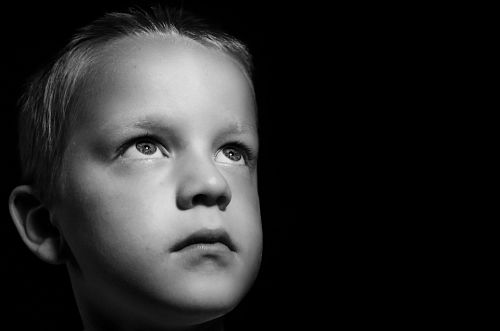
Ladny, R. T., & Meyer, L. (2019). Traumatized Witnesses: Review of Childhood Exposure to Animal Cruelty. Journal of Child & Adolescent Trauma, 1-11.
Intro
CAST
La naturaleza multifacética del vínculo humano-animal ha sido bien documentada a lo largo de la historia (Braje, 2011). Se ha prestado mucha atención a los beneficios que pueden obtenerse, al menos para los humanos, de interactuar con animales no humanos (referidos en este documento como simplemente "animales"), y se han desarrollado campos de estudio en torno al potencial terapéutico de estas interacciones (Braje, 2011; Flynn, 2011). Lo que no es tan evidente, pero es de igual relevancia para los investigadores, es el "lado oscuro" del vínculo: la crueldad hacia los animales, incluido el abuso y el abandono.
Se han observado variaciones nacionales y culturales en las actitudes hacia estos comportamientos; Los países y culturas con ideas más progresistas sobre los animales han reconocido ampliamente el dolor y el miedo que experimentan los animales, y cómo estas respuestas son análogas a las de los humanos. Por el contrario, las culturas en las que los animales se devaluan y se normaliza su abuso pueden fomentar la aceptabilidad social y la frecuencia en la que se manifiesta la crueldad (Plant et al. 2016).
ENG
The multifaceted nature of the human-animal bond has been well-documented throughout history (Braje 2011). Much attention has been paid to the benefits that may accrue, at least to humans, from interacting with non-human animals (referred to in this paper as simply “animals”), and fields of study have developed around the therapeutic potential of these interactions (Braje 2011; Flynn 2011). What is less understood, but is of equal relevance to researchers, is the “dark side” of the bond: animal cruelty, including abuse and neglect.
National and cultural variation in attitudes toward these behaviors have been noted; countries and cultures with more progressive ideas about animals have widely acknowledged the pain and fear they experience, and how these responses are analogous to those of humans. In contrast, cultures in which animals are devalued and their abuse normalized may foster the social acceptability and frequency of cruelty (Plant et al. 2016).
Source: https://link.springer.com/article/10.1007%2Fs40653-019-00277-x